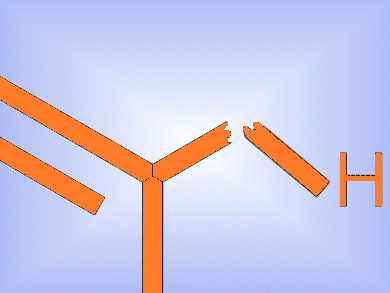Palladium-catalyzed C−H bond functionalization reactions are among the most well known and versatile methods used in organic synthesis. For the most part, Pd(II) species are used; however recent catalytic transformations that use transient Pd(IV) intermediates in the key step exhibit different site selectivity and the mechanistic pathways are little understood.
To gain insight into this different reactivity between Pd(II) and Pd(IV), Melanie Sanford and colleagues, University of Michigan, Ann Arbor, USA, undertook a detailed study of a carboxylate-assisted C−H bond activation reaction by means of stabilized model complexes, which they synthesized.
The study revealed a multistep reaction pathway for Pd(IV), with chloride-to-acetate ligand exchange followed by conformational and then configurational isomerization before C−H bond cleavage. The extremely mild conditions used make this reaction synthetically attractive. Studies into the reactivity of other octahedral high-valent group-10 metal centers are ongoing.
- A Detailed Study of Acetate-Assisted C−H Activation at Palladium(IV) Centers,
Ansis Maleckis, Jeff W. Kampf, Melanie S. Sanford,
J. Am. Chem. Soc. 2013.
DOI: 10.1021/ja401557m




